|
Main Pages
Front Page
Overview
Seal FAQs
Design Process
1st Committee
2nd Committee
3rd Committee
Final Design
Description
Explanation
Latin Mottoes
E Pluribus Unum
Annuit Coeptis
Novus Ordo Seclorum
Symbols (front)
Bald Eagle
Shield
Olive Branch
Arrows
Stars
Rays of Light
Cloud
Symbols (back)
Pyramid
Eye
MDCCLXXVI
Great Seals
Official Dies
First Engravings
First Painting
1792 Medal
Indian Medals
1882 Medal
One-Dollar Bill
Myths
Eagle Side
Pyramid Side
Themes
Unity
Peace
Liberty
Thirteen
Related
Wild Turkey
President's Seal
Sightings
Resources
Videos
Liberty Tree Song
United Seal
Make America
Bright Again
|
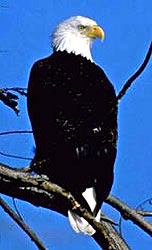
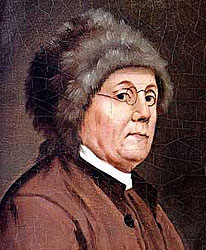
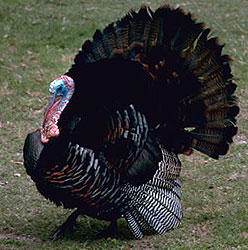
The Eagle, Ben Franklin, and the Wild Turkey
A year and a half after the Great Seal was adopted by Congress on June 20, 1782 – with the American Bald Eagle as its centerpiece – Benjamin Franklin shared some thoughts about this new symbol of America in a letter. He did not express these personal musings elsewhere, but they have become legendary.
Writing from France on January 26, 1784 to his daughter Sally (Mrs. Sarah Bache) in Philadelphia, Franklin casts doubt on the propriety of using the eagle to symbolize the "brave and honest Cincinnati of America," a newly formed society of revolutionary war officers.
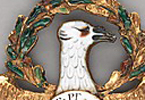 The eagle on the badge of the Society of the Cincinnati Medal looked more like a turkey, which prompted Franklin to compare the two birds as a symbol for the United States.
The eagle on the badge of the Society of the Cincinnati Medal looked more like a turkey, which prompted Franklin to compare the two birds as a symbol for the United States.
|
Franklin's Letter to His Daughter (excerpt)
"For my own part I wish the Bald Eagle had not been chosen the Representative of our Country. He is a Bird of bad moral Character. He does not get his Living honestly. You may have seen him perched on some dead Tree near the River, where, too lazy to fish for himself, he watches the Labour of the Fishing Hawk; and when that diligent Bird has at length taken a Fish, and is bearing it to his Nest for the Support of his Mate and young Ones, the Bald Eagle pursues him and takes it from him.
"With all this Injustice, he is never in good Case but like those among Men who live by Sharping & Robbing he is generally poor and often very lousy. Besides he is a rank Coward: The little King Bird not bigger than a Sparrow attacks him boldly and drives him out of the District. He is therefore by no means a proper Emblem for the brave and honest Cincinnati of America who have driven all the King birds from our Country...
"I am on this account not displeased that the Figure is not known as a Bald Eagle, but looks more like a Turkey. For the Truth the Turkey is in Comparison a much more respectable Bird, and withal a true original Native of America... He is besides, though a little vain & silly, a Bird of Courage, and would not hesitate to attack a Grenadier of the British Guards who should presume to invade his Farm Yard with a red Coat on."
|
Ben Franklin's Other Ideas
His 1775 letter in the Pennsylvania Journal made a good case for the Rattlesnake as an appropriate symbol of "the temper and conduct of America." In 1776, Franklin's official suggestion while on the first Great Seal committee was an historic scene with Moses and Pharaoh, which that committee recommended for the reverse side of the Great Seal.
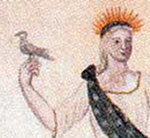 Three other kinds of birds were suggested by William Barton of the third committee: a rooster, a dove, and a "phoenix in flames."
Three other kinds of birds were suggested by William Barton of the third committee: a rooster, a dove, and a "phoenix in flames."
"Because of their size, bald eagles are not concerned about threats from other birds. However, eagles are often chased by smaller birds, who are trying to protect their young. . . It was Benjamin Franklin's observations of a bald eagle either ignoring or retreating from such mobbing that probably led to his claim of the bald eagle's lack of courage." (BaldEagleInfo.com)
|

